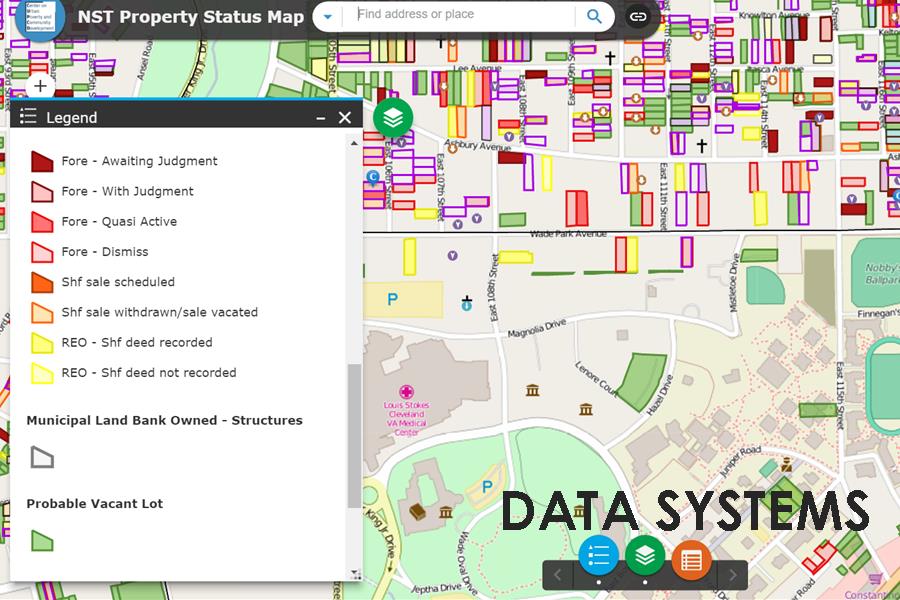 More American cities are counting on a variety of real property data to foster collaboration and take more proactive and strategic actions to eliminate blight, reform outdated policies, and rebuild dysfunctional nuisance abatement programs. Shifting from the traditional reactive ways of doing code enforcement requires different approaches and capacity to gather, synthesize, and track property condition and ownership data over time. Code officials need new skills to understand what data are available, identify gaps, and know who can help gather, analyze, and disseminate data. Code enforcement managers and their teams must become more comfortable in applying data when making tactical decisions against individual cases, as well as in the broader context of supporting program management, resource allocation, and neighborhood revitalization policy goals.
More American cities are counting on a variety of real property data to foster collaboration and take more proactive and strategic actions to eliminate blight, reform outdated policies, and rebuild dysfunctional nuisance abatement programs. Shifting from the traditional reactive ways of doing code enforcement requires different approaches and capacity to gather, synthesize, and track property condition and ownership data over time. Code officials need new skills to understand what data are available, identify gaps, and know who can help gather, analyze, and disseminate data. Code enforcement managers and their teams must become more comfortable in applying data when making tactical decisions against individual cases, as well as in the broader context of supporting program management, resource allocation, and neighborhood revitalization policy goals.
This policy and practice brief
- summarizes the many ways communities are gathering, tracking, and synthesizing data about blighted, vacant, and abandoned properties;
- explains why and how local governments are changing their reactive code enforcement programs to systems with new capacities for strategic targeting and developing integrated data systems to share real property data across multiple agencies, organizations, and entities;
- describes how local agencies and organizations can integrate the array of local real property data for convenient use, especially sources holding data on title interests in real property and property conditions; and
- offers policymakers and code enforcement managers a framework (with examples) for using integrated real property data to improve code compliance and enhance formal enforcement actions against violators.
